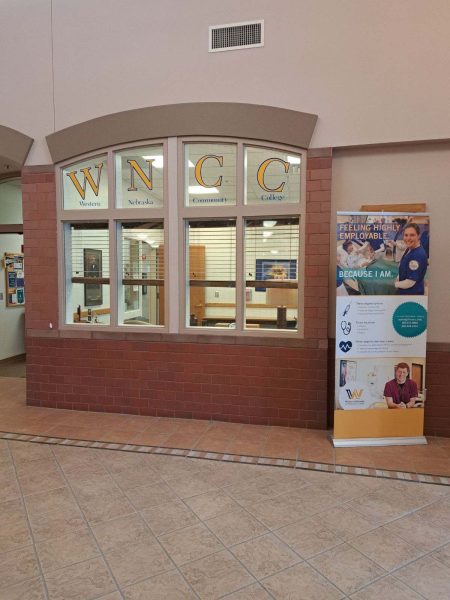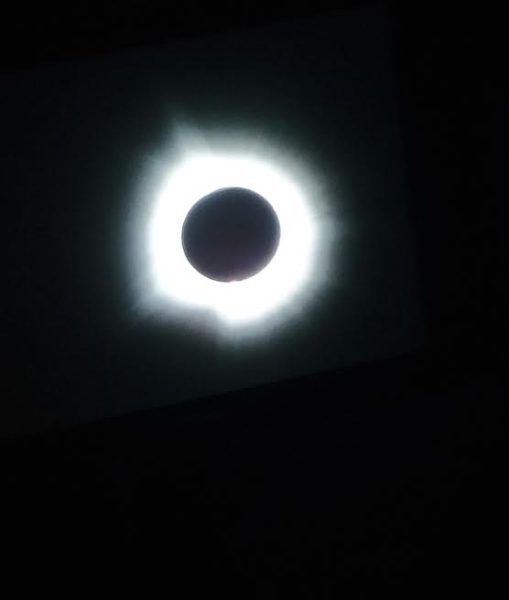Australia is on Fire
In Australia, 15.6 million acres have burned already due to bushfires. That area is larger than the state of West Virginia. According to the National Public Radio (NPR), 25 people and more than one billion animals have died already, and this is only the start of the Australian bushfire season.
Bushfires are nothing unusual in Australia and usually occur every summer. Since in Australia the seasons are reversed, our winter is their summer, so right now they are just entering their summer season. This year, the fires have been worse than ever before. There are natural causes, but sometimes humans are to blame. Due to climate change, the spring in Australia was very hot and dry with average highs of 107 degrees Fahrenheit. So, when bush are struck by lightning, they catch fire easily. However, humans contribute to the fires too. Nearly 200 Australians were arrested in late 2019 and early 2020 for deliberately setting bushfires. Due to those fires, 770 houses have already been destroyed in the first week of 2020.
How would you feel if you always had to fear being forced to evacuate your home due to it being destroyed? To get some more insight on how life is for teenagers in Australia, I interviewed 14-year-old Olivia Taylor, who lives on a farm in New South Wales (NSW), the worst affected state by the fires.
When asked how the fires impact her daily life, she answered, “During school in Sydney, the smoke from the fires has impacted the air quality causing cancellation of sports and activities. Many schools were closed at the height of the fires. Air quality has now reached 23 times the acceptable level where I go to school in Sydney.” She also mentioned, “In Sydney, every day the city is bathed in smoke giving it a smog like appearance or that similar to mass pollution.”
When asked the question, “Do you know anyone who had to evacuate due to the fires?”she said, “Sadly, I’m frequently hearing of friends who have been forced to evacuate and of their homes being destroyed. The scale of the fires meant mass interruptions to electricity function and due to their coastal nature, with one highway in and out, there was serious limitations of food, water and fuel.”
To the question how Australians are handling the fires she replied, “Australians were terrified at the speed of which fires took out their towns, many people didn’t at first understand the full power of these fires. Many people are wanting to stay to defend their homes but it’s becoming near impossible as the fires are too dangerous, so they have to evacuate with very few possessions for fear of their own safety. At my grandmother’s house the smoke is so thick they can’t see past the garden fence; therefore, if a fire was to strike up in the paddock, they wouldn’t know till it was right upon them.”
The fires also cause a problem for the Australian wildlife. According to Federal Environment Minister, Sussan Ley, one third of the Koala population in NSW has already died and one third of their habitat has been destroyed. Frogs and birds are even more endangered than Koalas. Their habitats can be wiped out entirely if hit by fires.
Normally, temperatures peak in January and February, meaning the country could be months away from finding relief. Currently there are more than 2,000 firefighters working on the ground in New South Wales alone, including support from the United States, Canada, New Zealand, and more. Donations to the Red Cross, Salvation Army, Rural Fire Service, and WIRES Wildlife Rescue are also helping a lot. For example the Australian comedian, Celeste Barber, raised 42 million dollars. Small donations also have an impact, so you could help too.

Hey there! My name is Lara Rieger and I am a foreign exchange student from Germany. My host parents are Holly and Ronald Westemeier and I have a little...






